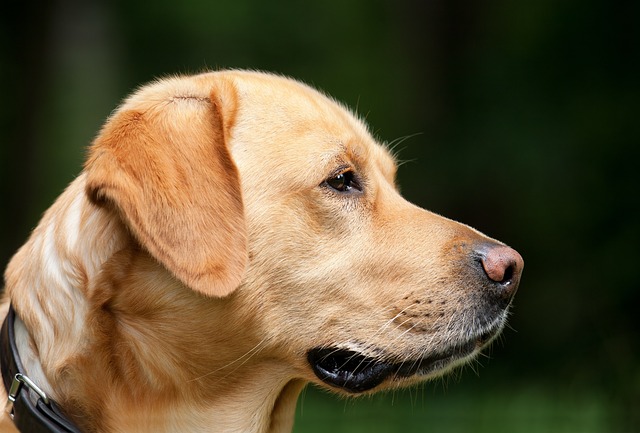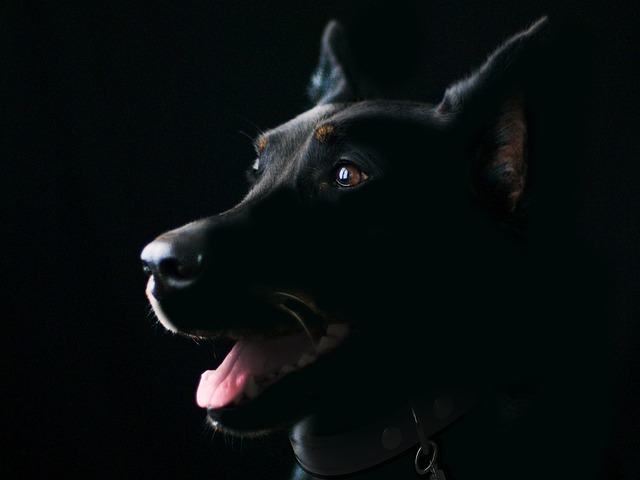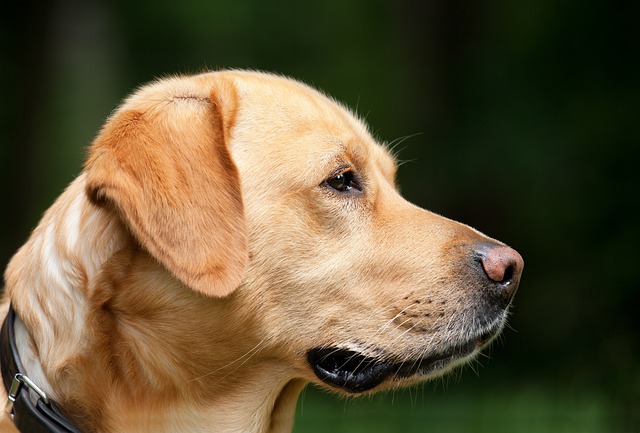
Is it normal for my dog's skin to peel
Is it normal for my dog's skin to peel? If you’ve been brushing your Shih Tzu “Lulu” and noticed tiny, translucent flakes sticking to the brush, or caught a larger patch flaking off
Ever noticed your dog licking at their paws more than usual, or seen them limping slightly after a walk? Those furry pads that carry them everywhere need some TLC, and moisturizing can be a game-changer. But how often should you reach for that paw balm? It’s not a one-size-fits-all answer, and a few factors come into play.
Think about the environment your dog navigates daily. If you live in an area with harsh winters, salted sidewalks can wreak havoc on paw pads, drying them out and causing painful cracks. In summer, scorching pavement can have a similar effect. Dogs who spend a lot of time outdoors in these conditions might need moisturizing 2-3 times a week. Just like you’d slather on more sunscreen during a beach day, their paws need extra protection too.
The condition of your dog’s paws is a telltale sign. If you feel rough patches or see tiny cuts, it’s time to step up your moisturizing routine. Start with a gentle once-a-day application and monitor how the pads respond. But here’s an important reminder: always use products specifically made for dogs. Human lotions can contain harmful ingredients, and in many places, there are regulations about pet product safety to keep in mind.

Your dog’s breed and activity level matter, too. Active breeds like Retrievers or Huskies that cover miles on hikes or runs may need more frequent moisturizing compared to couch potato pups. Their pads take a beating, and regular moisture helps maintain elasticity. On the flip side, if your dog has sensitive skin, you might want to test a small amount of balm first and space out applications to avoid irritation.
When it comes to application, make it a positive experience. Turn it into a mini bonding session by offering treats while you gently massage the balm into their paws. Just be aware of local leash laws and public space rules—while it’s tempting to pamper your pup everywhere, some places have restrictions on pet care activities in certain areas.
Don’t forget about post-adventure care. After a day at the beach with sandy shores or a romp through the woods with sharp twigs, give your dog’s paws a quick clean with a damp cloth before moisturizing. This removes debris that could scratch the pads and ensures the balm absorbs properly. And if you notice any persistent issues like swelling or excessive bleeding, consult your vet immediately.
In short, the frequency of paw moisturizing depends on your dog’s lifestyle and the state of their pads. Paying attention to these details shows you care, and your dog’s happy, healthy paws will thank you with many more miles of adventures together. After all, those little pads carry them through your world—keeping them in top shape is just part of the deal.

Is it normal for my dog's skin to peel? If you’ve been brushing your Shih Tzu “Lulu” and noticed tiny, translucent flakes sticking to the brush, or caught a larger patch flaking off

Why did my dog's skin peel off? If you’ve noticed your boxer “Maggie” scratching at her elbow, then lifted her paw to find a patch of skin peeling away

Do dogs sweat through their foot pads to help them keep cool? If you’ve ever noticed your golden retriever “Max” leaving damp paw prints on the kitchen floor after a long summer walk

New puppy owners often fixate on making sure their fuzzy bundle gets every nutrient possible, and calcium—vital for growing bones and teeth—tops many worry lists.

how can i protect my dogs paws from heat? If you’ve ever stepped barefoot onto asphalt on a July afternoon in Florida, yelping and leaping back

How do you maintain a dog's coat? If you’ve found tufts of your golden retriever “Bailey’s” fur clinging to every couch cushion, or noticed his once-shiny coat looking dull and matted